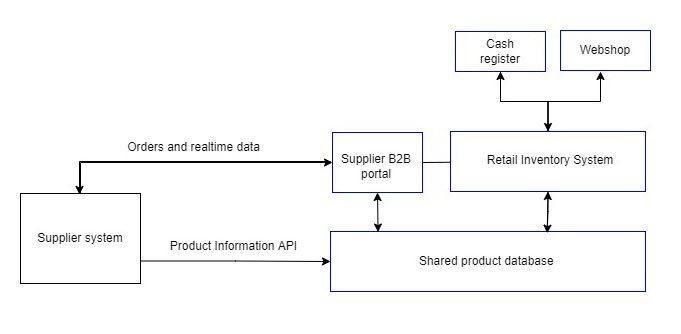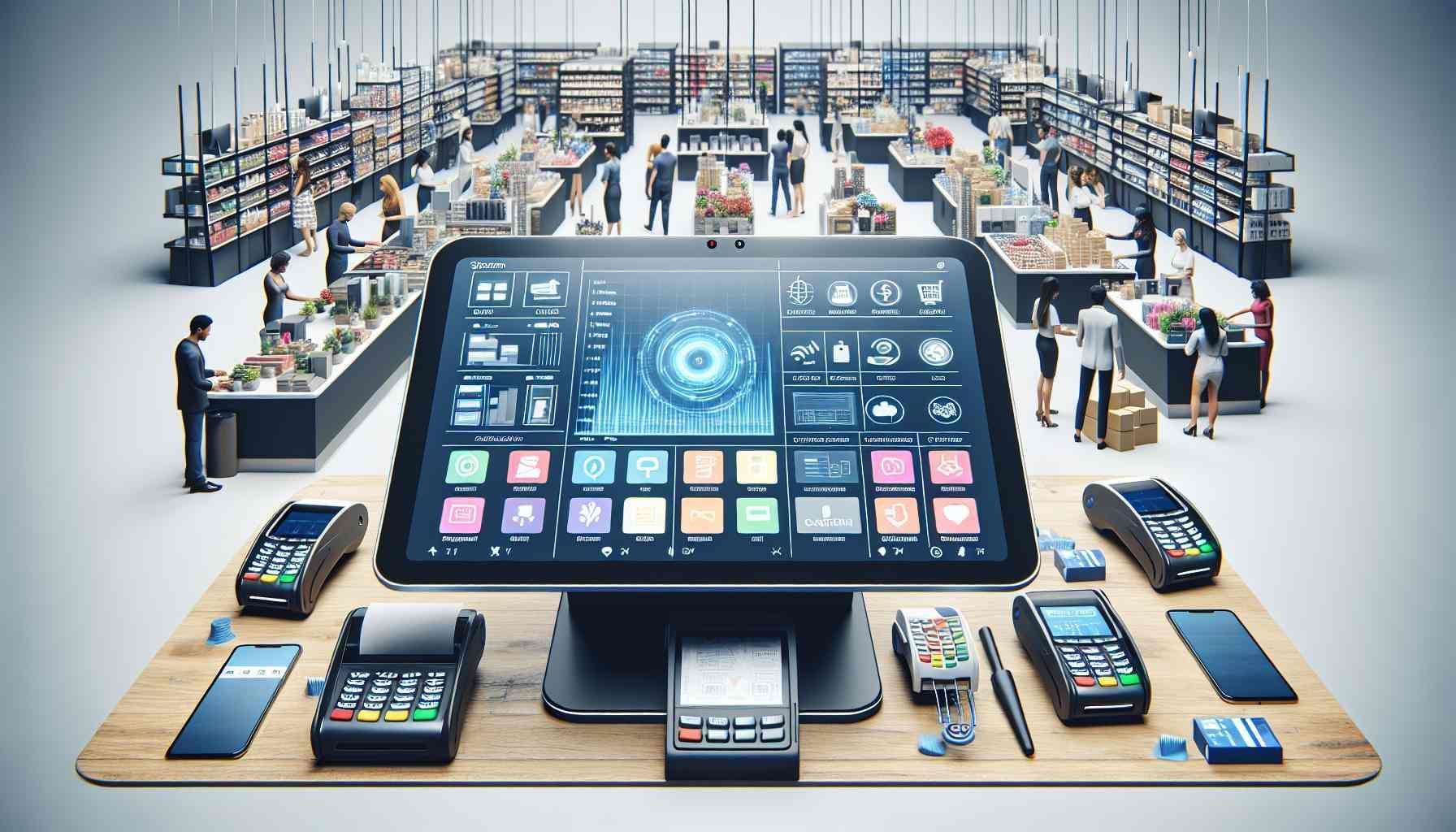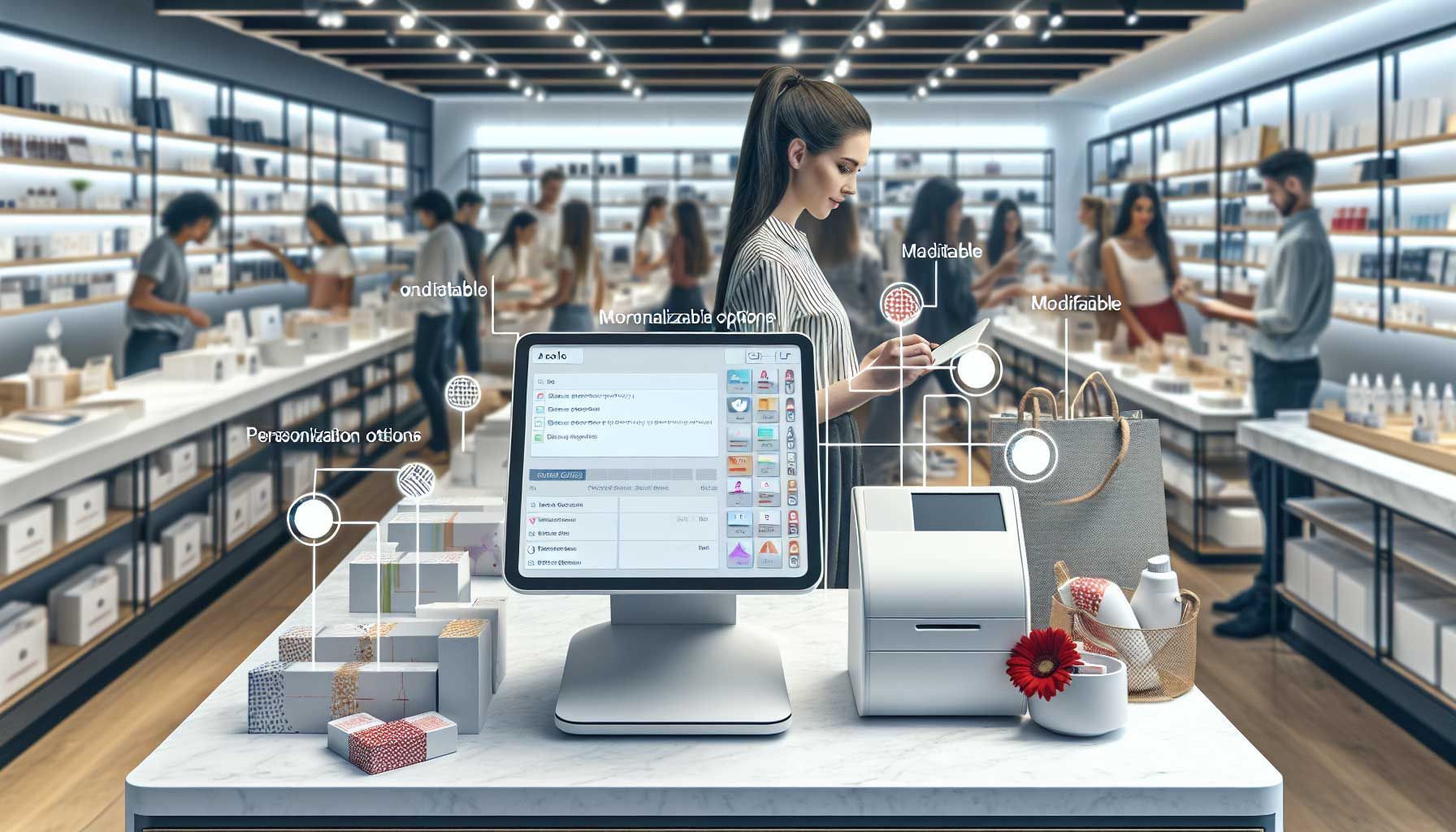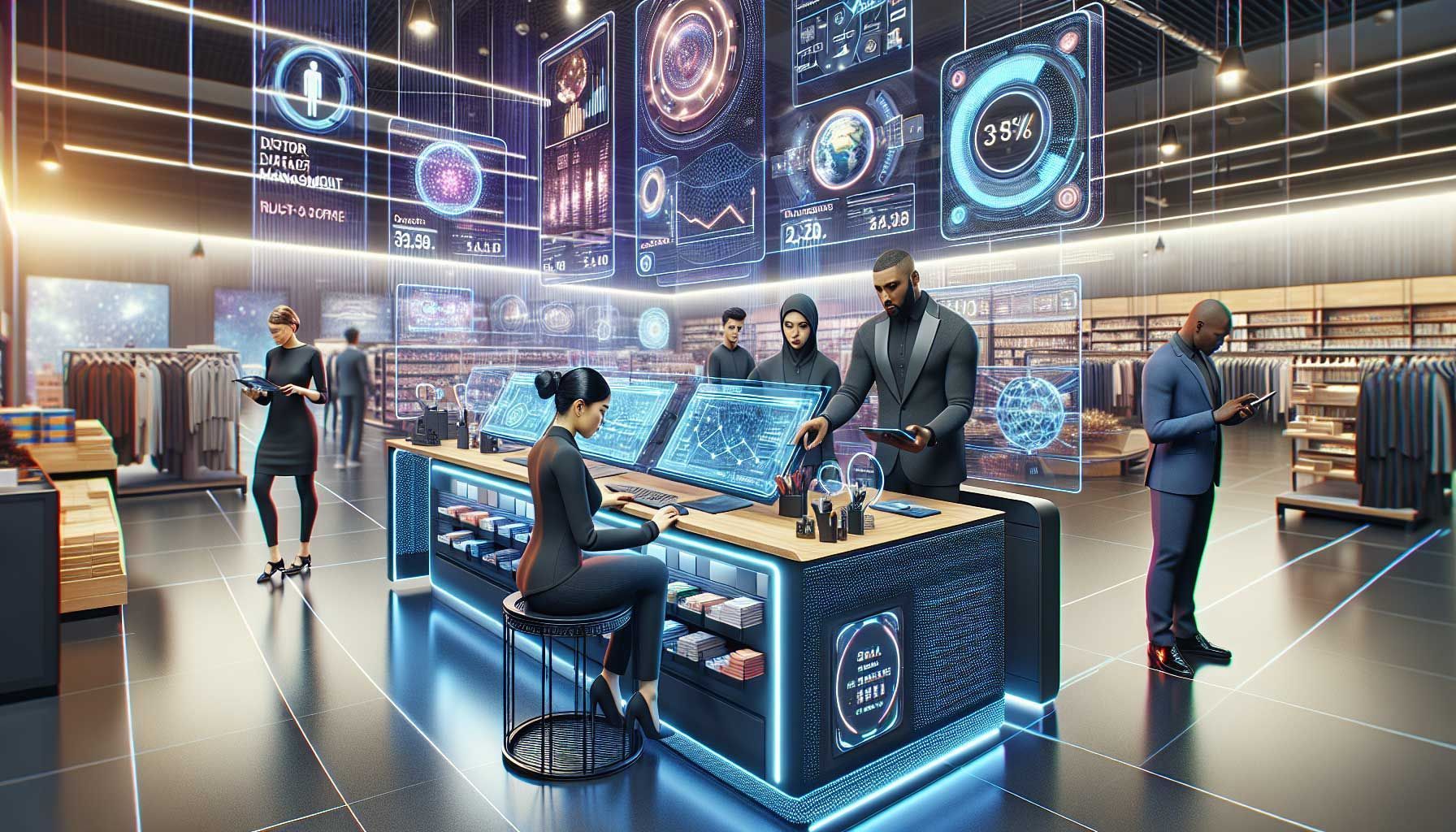B2B Wholesale Integration To Boost Retail Stores Success
Retailers are facing a number of problems and challenges that are keeping them from achieving success. While they have made some progress, there is still work to be done. One of the major issues is the integration of B2B wholesale that has been slowing down their progression.
The problem with B2B integration is that it takes time and money to set up. It also requires a lot of resources and manpower to keep it running smoothly. However, retailers can use technology to help them with this process and make the integration more efficient and effective. In this blogpost I would like to tell you exactly how to solve the biggest problems with a complete solution.
What is a B2B wholesale integration?
B2B integration is the process of matching buyers and suppliers in a wholesale market. It is a process that is used in many different industries, including retail, manufacturing, and fashion.
In the past, wholesale markets were an exclusive club for large corporations. But over time, they have become more accessible to smaller businesses as well. One reason for this is that there are now many B2B integration tools available to make it easy for businesses of all sizes to participate in the market. These tools allow companies to
find potential suppliers and connect with them easily through email or other channels. They also provide information about pricing and availability so that companies can find what they need quickly and efficiently.
The purpose of an integration is to make the purchase process easier for both parties. It can be difficult for companies to manage multiple software and business processes. Creating purchase orders and entering products manually also takes a lot of time. With the right B2B Wholesale Integration this process can be optimized and streamlined automatically.


The Top 5 Reasons Why B2B Integration is Important and What It Brings To The Table
1. More time to make a difference
The first major advantage of a B2B wholesale integration is that is saves time by sharing product information among supplier and retailer. This automatic connection ensures the elimination of unnecessary work, because data can easily flow from one system to another. By automating this process, you can reduce overhead costs associated with manual data entry.
For example, a supplier is selling his products to 100 different retailers in a similar industry. All these retailers have to invest a lot of effort to put the products in their system and make them ready for sale. So every retailer has to do the same thing to put a product on the website. Think of uploading photos and writing texts.
And that while the data is already available at the supplier. Therefore, with a secure link it is possible to share product information. This gives the retailer more time to invest in his customers and do marketing.
Retailgear is a company that specializes in wholesale solutions for all industries. We are in business for over 10 years now and are helping many companies to save time with their integration options.
By creating a central system, all users (retailers) can find information on all products they are interested in selling. A system like this makes it easier to find information needed to buy, sell, and deliver products.
2. Less inventory risk
Secondly, it allows retailers to gain an upper hand on competitive pricing and inventory management. Retailers should integrate their systems with suppliers’ to get real-time insights into the inventory levels. This will help them know when to order more stock and when to reduce stock levels. Furthermore, it helps retailers with more accurate product cost data, which can be used to better price their products.
It also has advantages the other way around. By making the stock level and sales figures available to the supplier, the retailer can lower his inventory risk. It gives the supplier more insight to think along with the current offer. In this way you can make the current stock more the responsibility of the representative.
An exampleThis is also time-saving, because you don't have to be so busy with purchasing yourself. Let's look at an example for clarification. Because it may not seem interesting at first to outsource the stock to the supplier.
Suppose you are now running $8,000 in sales from a specific supplier per month. And say you have one meter of space for the displays. Then you can tell the representative that you give him real-time insight into the stock and sales with a B2B wholesale integration. Then he doesn't have to come by every time to sell something again.
Make an agreement about the maximum stock value. For exampe, in this case $8,000. The sales representative can then monitor the stock level and have the sold products redelivered. Together a basic stock can be set (which you always want to have in stock). In addition, the representative can make recommendations with, for example, new collections or variation.
Thus, the current stock is increasingly becoming the responsibility of the supplier. For example, in addition to the $8,000 stock value, you can also take $2,000 in consignment. If it is sold, an invoice and a new product are automatically sent.
So the integration of real-time data sharing can help the supply chain make better decisions and will lower the inventory risk.
3. Faster delivery of what you do not have in stock
The customer has expectations that are different from the past. For example, customers demand more and more flexibility. If they want to buy something, delivery has to be ‘now’ or at a time that suits them. This requires more from the retailer and the entire supply chain. The customer wants to be able to pick up their goods or they want the retailer to find an alternative solution. They also want a refund in case the delivery goes wrong. All of these things demand a different approach from the retailers and they need more capacity at each stage of the process.
A B2B integration can ensure that the retailer can order products faster he doesn’t has in stock. For example, you immediately know if the supplier has the product in stock and what the expected delivery time and options are. Therefore, the integration ensures that you can collaborate with the supplier to better serve the consumer.
Furthermore, as we are progressing towards a more digital economy, companies are looking for ways to deliver faster and cheaper. This is where e-commerce wholesale integration comes in handy. It enables retailers to quickly and easily integrate their inventory with other stores’ inventory, so that they can offer their customers what they want faster.
With a supplier integration you can also make it possible to order automatically. So if you have sold a product, it can be forwarded immediately. It can then be sent directly to the consumer, but you can also choose to receive the product yourself first.
4. Save time with inventory management
The B2B wholesale industry is big and complex. It is an industry that needs a lot of integration in order to save time and simplify the work. This makes everything transparent. Thereafter, we are able to see how the inventory management process can be a lot simpler and more efficient.
For example, with an integration, you are able to see the whole inventory of what the supplier has in store for you. This way, when it comes to buying products, we can choose from all suppliers at once instead of going into individual stores or websites and searching through their inventory.
Furthermore, millions of purchase and sales orders are made every day. Therefore, you can also go one step further with supplier integration. Make it possible to automatically get sales orders into your system. This prevents a lot of unnecessary data entry work. Working in
one central PIM system is the best solution for this.
In addition, an integration can help retailers to find out what products are trending in other stores and to offer their customers new items that they might want. All this info is available through a simple dashboard, which allows you to set up all the necessary settings for a successful integration without having to spend hours on it.
5. Access to more industry information
The last major advantage of a B2B wholesale integration is that it serves as an efficient tool for marketing, with all the necessary information about your products and services. That is because a real-time connection can give you access to industry data. With this you can grow and develop your business.
Also, it gives them a competitive edge in terms of market intelligence – knowing what the competition is selling and pricing accordingly. Nevertheless, the competition will not want to share this anytime soon. However, by working with various retailers and suppliers in one system, you can automatically get recommendations on what you could sell.
It gets even more powerful when you match the sold products with customer data. This will help you improve the performance of your
inventory management and enhance the user experience.

Which types of data streams can we distinguish in a supplier connection?
- General product information
- Company specific information
- Purchase and sales orders flow
- Sales data back to supplier
A wholesale integration is best for small businesses or companies that do not need to integrate multiple systems. Yet you need 4 different links to collaborate perfectly with your supplier. Let's explain them briefly before you get tips to start.
API connection for general product information
To use all product specifications and photos of the supplier you need an API connection. This API allows data providers and companies to share data in real time. This way, your business can get all of their product information from one source instead of going through multiple channels manually.
This flow of general product information is useful for quickly putting products in your own system and displaying them on your website. Think of details, such as color, material, size, target group and functions. Of course it all starts with the supplier product number, EAN number, recommended retail price and a photo of the product.
For this it is interesting to work with one database, so that you do not have to build a separate link for each supplier.
Company specific information
Purchase and sales orders flow
There are various ways that retailers can receive sales orders from suppliers. The most common way is through EDI (electronic data interchange) which sends a message from one computer system to another. This message contains the details of the order, such as the quantity, price and delivery date.
While this way of working is still effective, an API connection is even better. The difference is that it moves the order in real time. This is especially useful for products that you want to order automatically. It enables you to do things like updating inventory levels or adjusting prices on products that are in high demand automatically.
For example, you have a selection of products that you always want in stock. If a product is sold, you would prefer it to be reordered immediately. With a good API connection you can immediately ensure that products are ordered automatically.
This function is also useful if you want to order products that you do not have in stock.A customer comes into the store for a product you don't have. Thanks to the first two integrations, you have insight into whether the supplier does have the product in stock. Thereafter, thanks to the linking of the order flow, you can easily order the product directly for the customer from the supplier.
Of course, the best thing is if this can be done directly from the
cash register system. In that way you make one transaction for both the customer and the supplier.
Sales data back to supplier
Finally, you also have an information flow towards the supplier. This is essential for their metrics to better serve the retailer. As mentioned above, this way he can think along with the stock management of his brands. This reduces the risk of overstock, because you can make it more the responsibility of the representative.
On the other hand, it is also interesting for the supplier. They have more certainty that their brand will not be exchanged for another brand. In addition, they can create the same look and feel at all stores and online.
How to start with wholesale integration
I will describe which parts you need to make the B2B wholesale integration a success.
Create a central product database
Add stock products with their own price
Build a B2B sales app for suppliers

Conclusion: The Rise of B2B Wholesale Integration and Why You Should Care
Gaining competitive advantage with online wholesale tools
Online wholesale tools are a great way for small businesses to gain competitive advantage in the market.
The first benefit is that it reduces the time spent on administrative tasks. By using these tools, you can get rid of all the paperwork and spend more time on sales and marketing.
The second benefit is that it provides access to a wide range of products at low prices.
The third benefit is that it allows you to
find brands easily, which means less time wasted on sourcing products, and more time on selling them.
As you can see, there are many benefits to using a supplier management platform. Therefore, it is imperative that you invest in one for your business if you want to take advantage of the opportunities that come with it.
Why do You Need an Integration Partner?
To make a complete B2B wholesale integration, it is important to work with the right partners. Many companies can build links for you. The big problem, however, is that there is often a lot of customization involved, for which you pay per hour. If you want to link multiple suppliers in this way, you need a large budget.
That is why it is more interesting for retailers to combine forces and do this as an industry. Integrating with a partner like Retailgear can help industries achieve this goal by providing a wide range of solutions that they may not have the resources or expertise to develop themselves. For example, also an automatic link with other handy systems for retailers, such as a
website builder and
newsletter systems.

We look forward to share the best strategies with you.
Thank you!

Bring your shop to the next level
Hi, I'm George and I like retail and technology. Therefore, my passion here at Retailgear.com is to provide you with reliable information to automate and digitize your store. You can find out what we can do for your industry through our menu. Also, feel free to check out this updated list of retail tools.
Get inspiration in your inbox to get more sales and store visitors with less effort.











